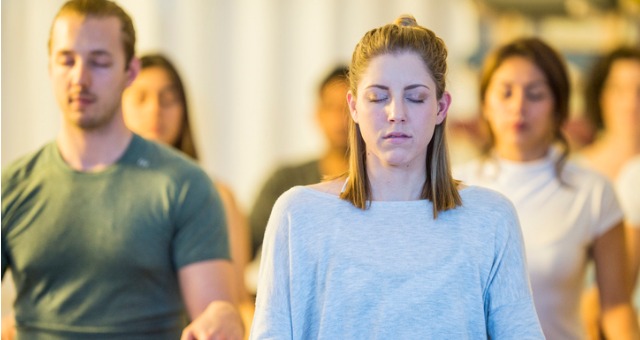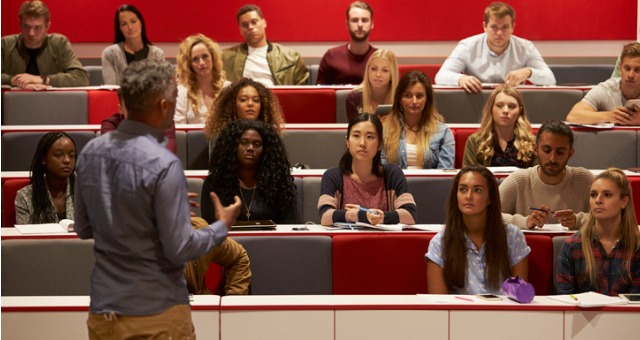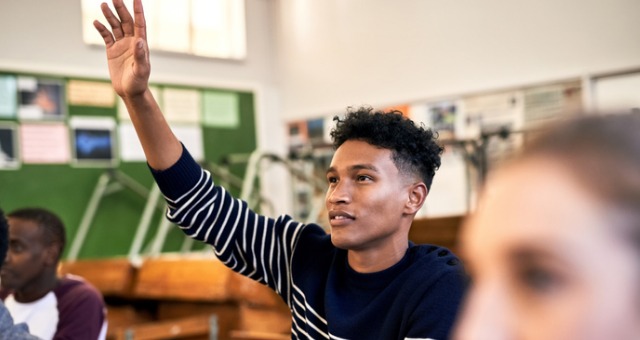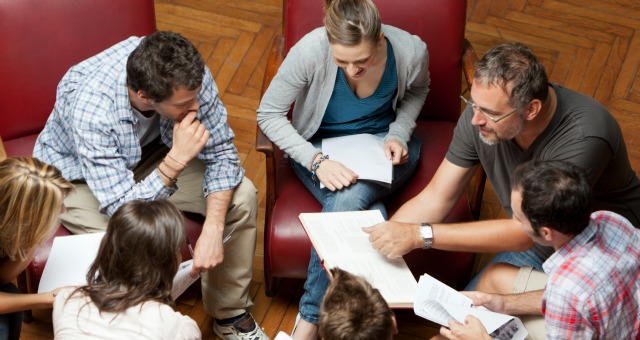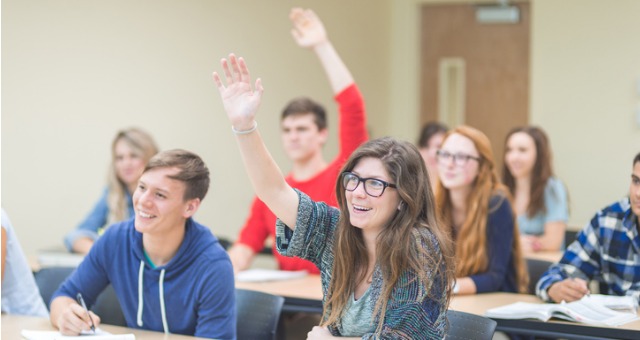Mindfulness in the Classroom
After reading and hearing about the physical and mental benefits of meditation, I decided to take up the practice several years ago. This led to some discussions with colleagues at work, which eventually morphed into the idea of using mindfulness in the classroom. Mindfulness is a way to pause and reflect on the here and now. To be fully present in what is happening in the present, without worry about the future or past. The idea is that teaching this philosophy and using activities and practices in the classroom should allow students to release tension and anxiety so they can focus on the material in the classroom. Rather than coming to my biology class lamenting over the test they just took in another class, worrying about the homework, or making a check-list of “to dos”, the student can release that tension become present with my biology course.

